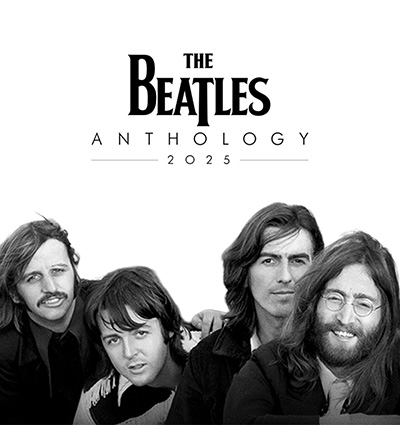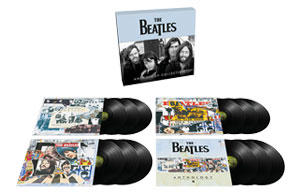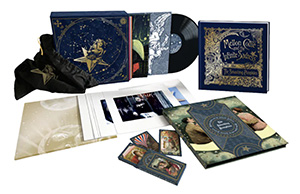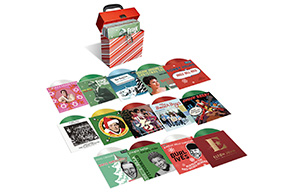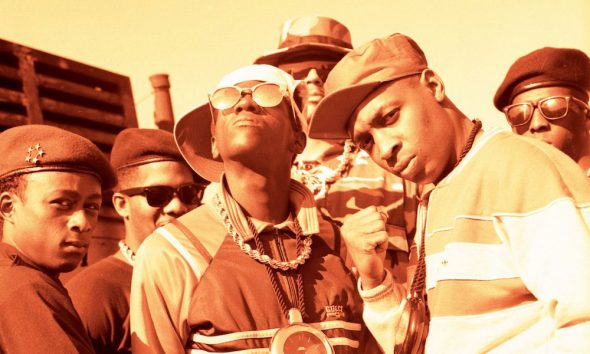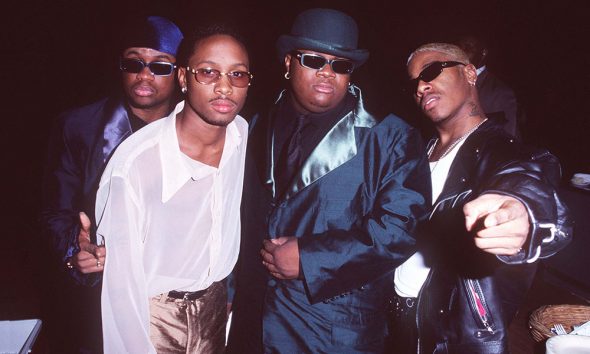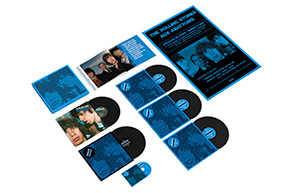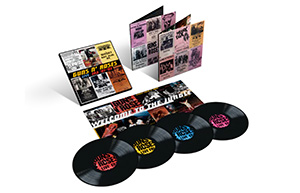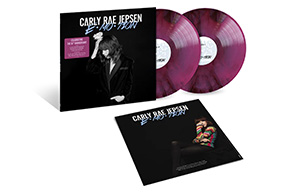‘Stayin’ Alive’: The Story Behind The Iconic Bee Gees Anthem
The ‘Saturday Night Fever’ chart-topper is still winning new fans and filling dancefloors today.
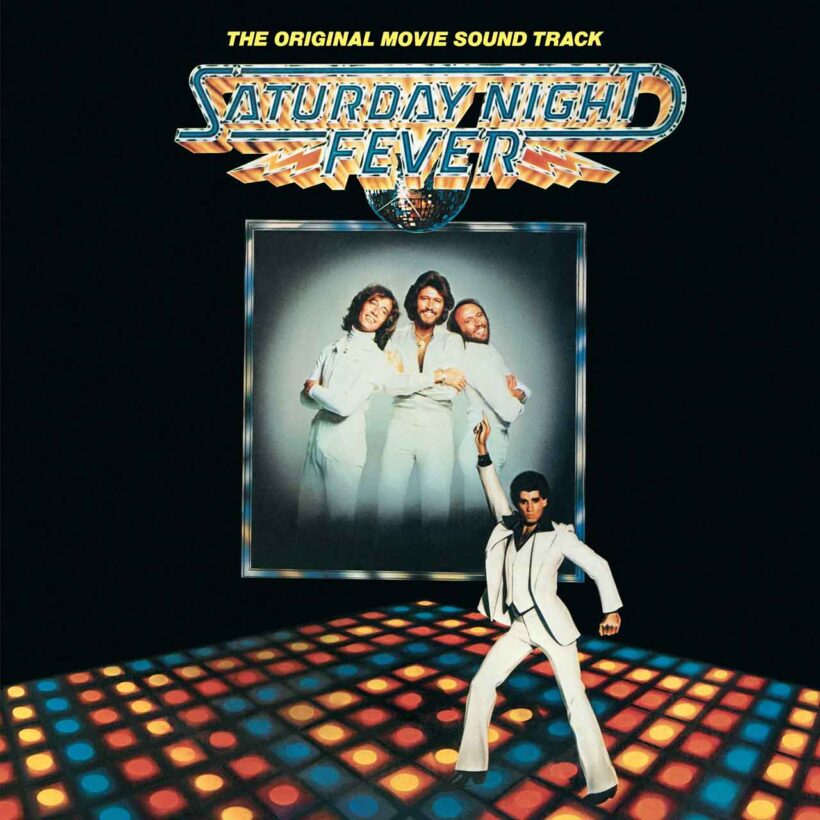
The stats tells us that three classic Bee Gees songs from 1977’s best-selling Saturday Night Fever soundtrack actually topped the U.S. singles chart. However, while “Night Fever” and the heart-melting “How Deep Is Your Love” were very worthy No. 1 hits, most folk would surely cite “Stayin’ Alive” as the song that’s most synonymous with Tony Manero, the film’s white-suited Italian-American star, famously played by John Travolta.
“[“Stayin’ Alive”] was based on Tony having a big night out in New York and the whole concept of being famous by dancing,” the Bee Gees’ Barry Gibb told the Times Leader in 2006. “The title came up real early on, but then the song started to evolve. The title is really what the song means about surviving on the streets, sort of a social comment.”
Topping the Billboard Hot 100 for four consecutive weeks starting on February 4, 1978, “Stayin’ Alive” was phenomenally successful on the charts, but its commercial performance was matched by its sonic innovation. The song’s seamlessly funky music was built upon one of modern pop’s earliest drum loops (the band created it in the temporary absence of drummer Dennis Bryon) and it also became a remarkable early showcase for Barry Gibb’s trademark falsetto vocal.
“The falsetto was a discovery,” Gibb revealed in a 2025 interview. “I didn’t know I could do it, but [producer, friend and industry mogul] Arif Mardin wanted one of us to scream something like Paul McCartney might have done in ‘I Saw Her Standing There.’ I volunteered, but when I tried to do it, something else happened. It sort of became a lead voice rather than a voice for special FX. Everyone wanted me to sing falsetto on our singles after that!”
Eventually topping the Billboard 200 for 24 weeks straight from January to July 1978, the Saturday Night Fever soundtrack album was certified 16 x platinum in the U.S. alone. In fact, its success mirrored the rise of the late 70s disco phenomenon on both sides of the Atlantic – and the celebratory feel of such dancefloor-friendly music was captured perfectly by “Stayin’ Alive.”
While the song will always be associated with the disco craze, “Stayin’ Alive” has achieved longevity in its own right. Going on to win a Grammy in 1979, it’s since appeared in everything from film soundtracks (Airplane!) to TV series (Grey’s Anatomy) and even a high-profile British public safety campaign for administering CPR. Indeed, the way the Jonas Brothers’ recent hit “No Time To Talk” so adroitly interpolates it reveals the esteem “Stayin’ Alive” is held in by much younger generations of fans.
“Everybody struggles against the world and has to fight against the things that can drag you down,” Barry Gibb once said, discussing the song’s enduring appeal in an interview with Playboy. “Desperate songs about people crying out for help…these are the songs that become giants. The minute you capture that on record it’s gold and “Stayin’ Alive” is the epitome of that.”

